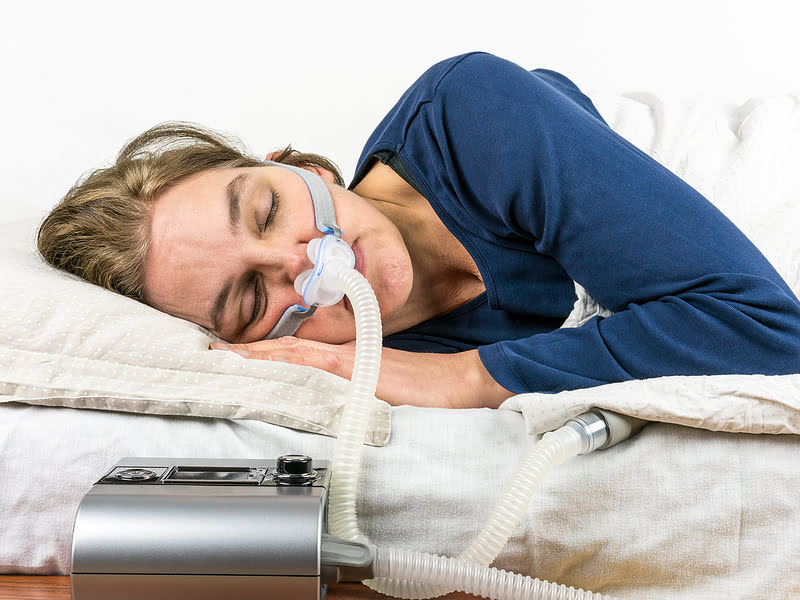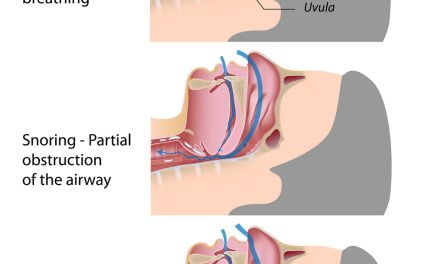Sleep apnea is a prevalent sleep disorder that affects millions of people worldwide. It is characterized by repeated interruptions in breathing during sleep, leading to fragmented sleep patterns and potential health risks. As individuals seek relief from the symptoms and consequences of sleep apnea, one common question arises: can sleep apnea be cured? In this article, we will explore the possibilities and limitations of curing sleep apnea, shedding light on the available treatment options and long-term management strategies.
Understanding Sleep Apnea
Before diving into the potential for a cure, it is important to understand the nature of sleep apnea as a chronic condition. Sleep apnea is typically classified into three types:
- Obstructive Sleep Apnea (OSA): The most common form, OSA occurs when the airway is partially or completely blocked during sleep due to relaxation or collapse of the throat muscles.
- Central Sleep Apnea (CSA): In CSA, the brain fails to send proper signals to the muscles responsible for controlling breathing, resulting in interruptions in breathing during sleep.
- Mixed Sleep Apnea: This type combines features of both obstructive and central sleep apnea.
Treatment Approaches
While a definitive cure for sleep apnea may not currently exist, there are effective treatment approaches available to manage and alleviate its symptoms. These treatment options aim to improve breathing during sleep, reduce the frequency and severity of apnea episodes, and address the associated health risks. Let’s explore these approaches in more detail:
- Continuous Positive Airway Pressure (CPAP) Therapy
CPAP therapy is the most common and effective treatment for sleep apnea. It involves wearing a mask that delivers a continuous flow of pressurized air, preventing the airway from collapsing during sleep. CPAP therapy helps maintain an open airway, reduces apnea episodes, and improves overall sleep quality. While CPAP therapy does not cure sleep apnea, it can effectively manage symptoms and mitigate the associated health risks.
- Oral Appliances
Oral appliances, such as mandibular advancement devices, can be custom-made and worn during sleep to reposition the jaw and tongue, helping to keep the airway open. These devices can be effective for individuals with mild to moderate sleep apnea or those who find CPAP therapy uncomfortable or unsuitable. While oral appliances can provide relief from sleep apnea symptoms, they may not be as effective as CPAP therapy for severe cases.
- Lifestyle Modifications
Adopting certain lifestyle modifications can have a positive impact on sleep apnea symptoms. These may include:
- Weight loss: Excess weight, particularly around the neck and upper body, can contribute to the narrowing of the airway. Losing weight through a combination of healthy eating and regular exercise can improve sleep apnea symptoms, especially in cases where obesity is a contributing factor.
- Avoiding alcohol and sedatives: Alcohol and sedatives can relax the throat muscles and exacerbate sleep apnea symptoms. Limiting or avoiding their consumption, particularly close to bedtime, can improve breathing during sleep.
- Sleeping position: Sleeping on the side rather than on the back can help keep the airway open and reduce the frequency of apnea episodes. Special pillows or positional therapy devices can aid in maintaining the side sleeping position.
- Surgical Interventions
In some cases, surgical interventions may be considered for individuals with severe sleep apnea or those who do not respond to other treatment options. Surgical procedures aim to address structural abnormalities or obstructions in the airway, such as removing excess tissue, repositioning the jaw, or correcting nasal abnormalities. However, surgical interventions are typically reserved for specific cases and may not guarantee a complete cure.
The Potential for Long-Term Management
While sleep apnea may not be curable, it is important to note that with appropriate treatment and management, individuals can experience significant improvement in their symptoms and quality of life. Effective management of sleep apnea may involve a combination of the aforementioned approaches tailored to each individual’s needs and the severity of their condition.
Continued adherence to treatment and lifestyle modifications is crucial for long-term management of sleep apnea. Regular follow-ups with healthcare professionals, monitoring the effectiveness of treatment, and making necessary adjustments are important aspects of managing sleep apnea successfully.
Conclusion
While a complete cure for sleep apnea may not currently exist, individuals with this condition can find significant relief and improvement in their symptoms through various treatment approaches. The goal of treatment is to manage and alleviate symptoms, reduce the frequency of apnea episodes, and mitigate the associated health risks. CPAP therapy, oral appliances, lifestyle modifications, and, in some cases, surgical interventions offer effective options for managing sleep apnea and improving sleep quality.
Although sleep apnea requires ongoing management, it is important to recognize the positive impact that appropriate treatment and lifestyle changes can have on an individual’s overall well-being. With the right combination of therapies and continuous adherence to treatment plans, individuals with sleep apnea can experience significant improvement in their sleep quality, daytime function, and overall health, enabling them to lead fulfilling lives.




